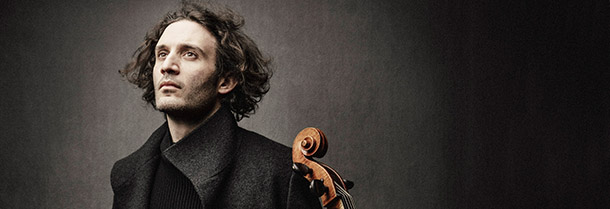Tag: Sonata in B minor for solo cello Op. 8
-

PROGRAM NOTES: NICOLAS ALTSTAEDT
Henri Dutilleux Trois strophes sur le nom de Sacher Swiss conductor Paul Sacher (1906-1999), founder of the Basel Chamber Orchestra, was an immensely important figure in 20th-century music. With a family fortune based on a controlling share of the Hoffman-LaRoche pharmaceutical empire, he commissioned works from some of the century’s greatest composers. These commissioned works…

